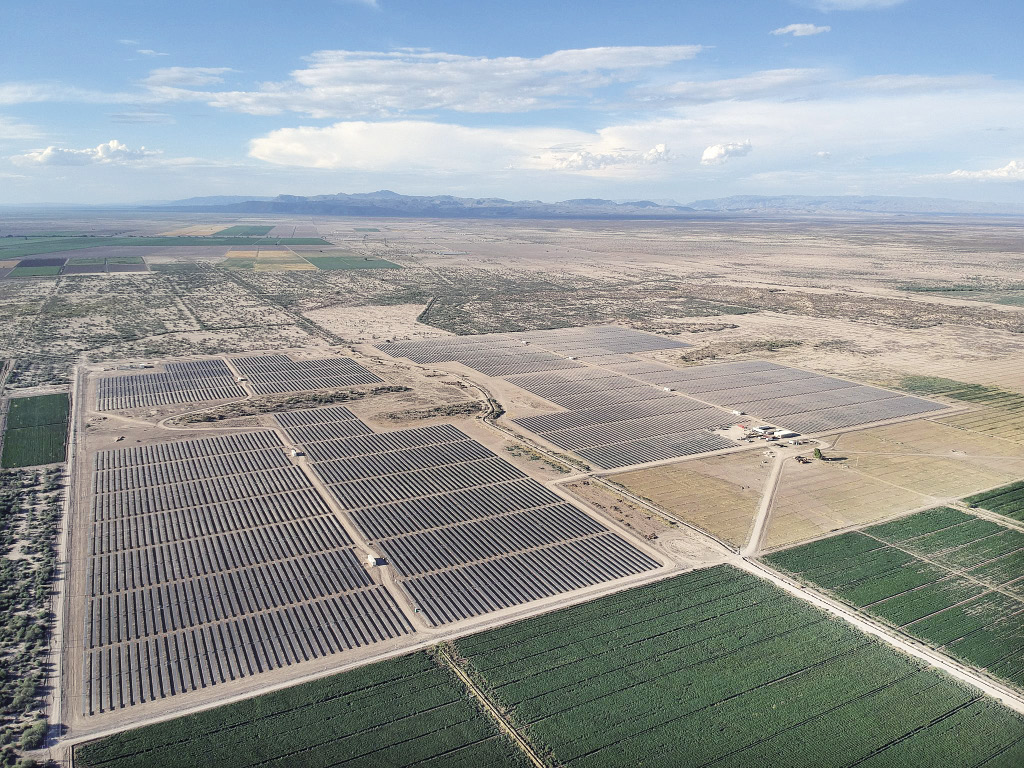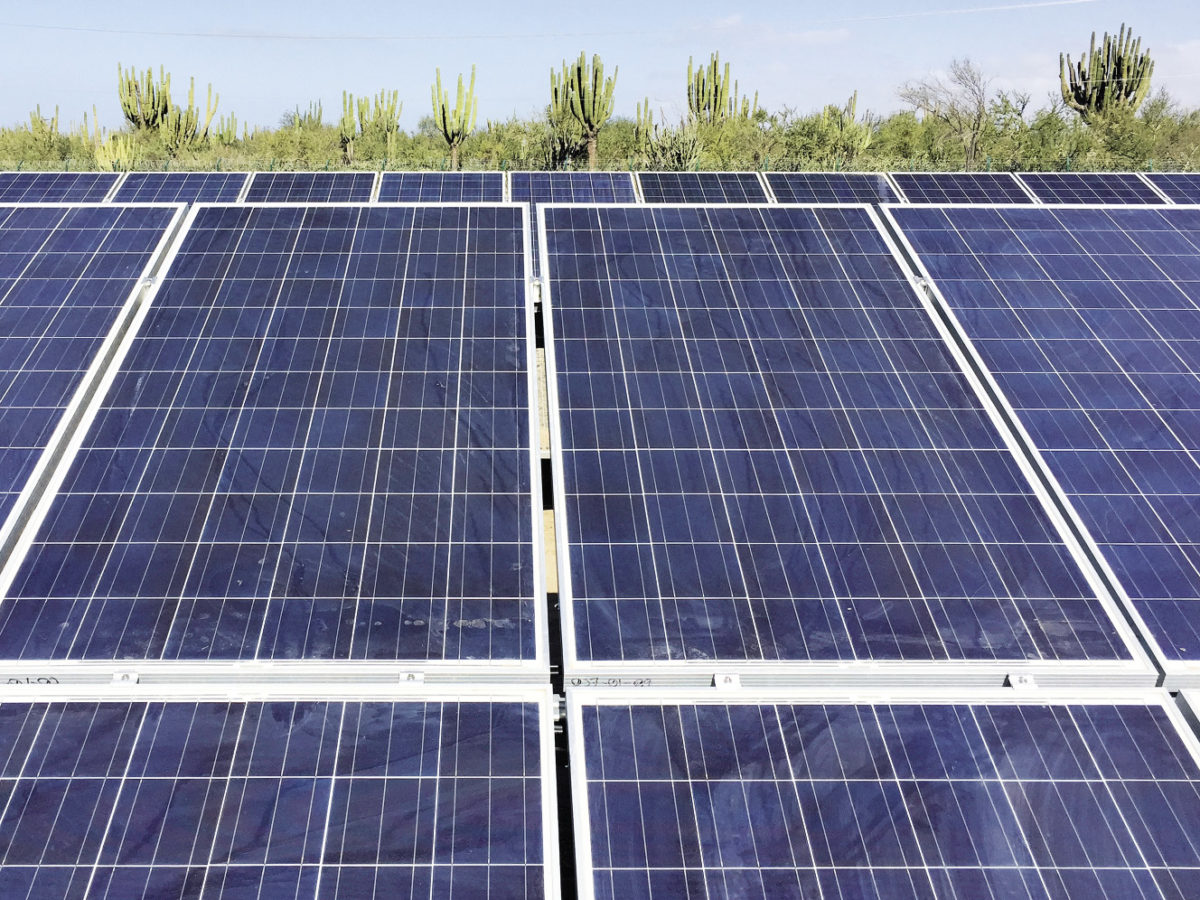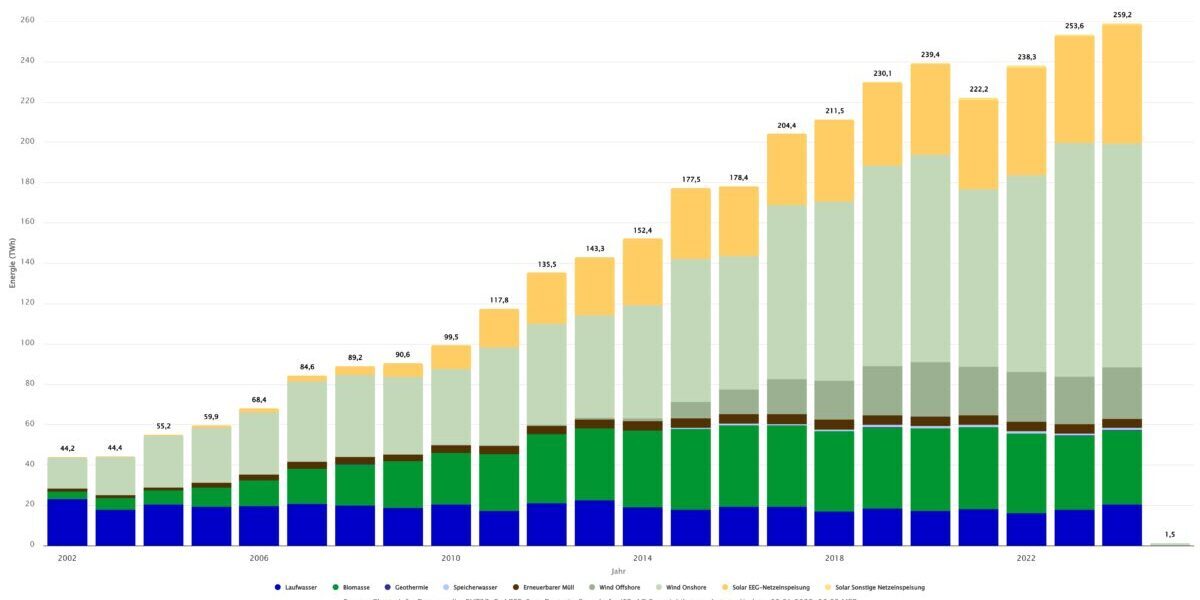In Mexico’s energy sector, the National Development Plan heavily emphasizes “Bailing out State-owned Producers: Petróleos Mexicanos (PEMEX) and the Federal Electricity Commission (CFE – Comisión Federal de Electricidad).”
Although it hardly mentions renewable energy, the National Electricity System Development Program (PRODESEN – Programa de Desarrollo del Sistema Eléctrico Nacional) published by the new government states that Mexico will require more than 70 GW of generation capacity over the next 15 years. It will be impossible to meet this objective without renewable energy. In this context, much of the business community is optimistic about the emergence of mechanisms for generating and buying energy developed by the private sector.
Long-term energy tenders (CELPs – concursos de energía de largo plazo), organized for the first time by a private company – in this case, Bravos Energía – started to emerge several months after the government canceled the long-term auctions (SLPs – subastas de largo plazo) held by the previous administration under Enrique Peña Nieto, which came to a close last year on Nov. 30.
SLPs and CELPs are programs for generating and buying energy under the Energy Sector Reforms, which have been in force since Dec. 21, 2013. The SLPs were canceled because the current government argued that it would like to observe the development of the first three auctions, held from 2015 to 2017. But mainly, it canceled them because it wants the CFE to recover its generation capacity, which has been declining for more than a decade. CELPs are emerging because industry demands a permanent supply of energy at competitive prices, which will allow for medium- and long-term development planning. The objectives of the CELPs, as defined by Bravos Energía, are clear:
“To encourage investment in clean-tech power plants and in power supply at the lowest possible cost, as well as to support the development of physical assets and financial mechanisms that improve the National Electricity System’s flexibility and liquidity.”
CELP yourself
There is a gap in the market that explains the rise in CELPs, according to Jeff Pavlovic, director of Bravos Energía and an expert on the Mexican electricity system. On the one hand, he explains, there are developers with projects at various stages of implementation, some of which are now ready to come online. However, to get low-cost financing, they need buyers to sign long-term contracts.
On the other hand, there are many users who are looking for cleaner and cheaper energy sources. “What we need is an efficient mechanism to build synergies between buyers and sellers,” Pavlovic says.
According to Cintia Angulo, vice president of Power China in Mexico, with or without SLPs or CELPs, solutions and proposed programs will be accepted if they keep businesses and consumers competitive by guaranteeing energy supply at more competitive rates; they could even become promoters of those tenders. Angulo is convinced that CELPs are a positive and efficient response to the uncertainties that exist in the electricity sector. She asks, however: “How is it possible to include schemes – such as CELPs – that run parallel to ones like the SLPs created under the Electricity Sector Reform of 2013–2014?”
Angulo is not the only one to raise that issue, which she returns to in an attempt to clear up the confusion surrounding the proposed CELPs. “Could the tender, being a private initiative, become a mechanism for the National Energy Control Centre (CENACE – Centro Nacional de Control de Energía), a state-owned organization, to continue the SLP programs and so continue obtaining highly competitive prices?”
Julian Willenbrock, director of Enlight, one of the companies operating in Mexico’s distributed generation segment, has his own opinion, though he does point out that his company did not participate in either the SLPs or the CELPs.
“What I can say with regard to the CELPs is that if the private sector is managing these types of tenders, it’s because there is clearly an economic reason that goes beyond the environmental reasons we’re all interested in.” For Willenbrock, it is crystal clear: “If the government puts a halt to SLPs, the private sector can, according to its interests, organize and seek access to energy that’s not only cheaper, but cleaner.”
Armando Navarrete, who has more than three decades of experience in the sector with major global companies, says that “CELPs are necessary because companies not only need the right energy quantity and quality, but also availability and a long-term view of costs. CELPs, which result in contracts of up to 10, 15 or even 20 years, create long-term viability for industry, which allows for detailed and accurate planning of their position with regard to cost structure.”
At a news conference on July 2, CFE staff confirmed that the company will not participate in the CELPs.
Encouraging news
There was encouraging news in relation to large-scale solar energy projects on July 17. Mexico’s Energy Ministry delivered 42 decisions on social impact assessments – studies to ensure a project’s sustainability and respect for human rights – for the same number of installations. In principle, this means 42 new PV facilities are one step closer to becoming a reality.
The announcement was made in Villahermosa, in the southeastern state of Tabasco, where several solar industry stakeholders, including Héctor Olea, president of the Mexican Solar Energy Association, were in the audience: “We trust that the solar energy sector’s projects will continue to forge ahead under this government.”

Image: Gransolar
In the nine months since the government of President López Obrador took office, several sectors of the economy have experienced “turbulence” in the drive to achieve various government objectives. The most important among them is fighting corruption, but the situation seems to have peaked in recent months. And the the renewables sector is far from immune.
New renewable energy projects have surfaced by means of bilateral contracts and other programs that do not necessarily require SLPs or CELPs. Until the law changes, private investment has the opportunity to design and roll out new energy projects.
At present, it is common to hear members of the country’s electricity sector refer half jokingly to the current collection of power generation mechanisms by reminding one another that “there is life after SLPs.”
Peninsular regions
In Mexico as a whole, energy generation and supply face multiple issues. But in the peninsular regions in particular, some industry voices have gone as far as calling the situation “alarming.” The national transmission grid is under the management of the Mexican state by means of the CFE, and it has not grown in line with the country’s needs, let alone the demand for generation capacity.
In the first half of 2019, the Yucatan Peninsula in southeastern Mexico reported a series of blackouts that the CFE attributed to a variety of causes. What is certain is that no new power plants have been built in the area, and a large portion of the region’s electricity is delivered over a congested power grid, brought in from far afield.
Faced with this situation, the government announced that it is planning a new combined cycle power plant for the region. However, the gas that it runs on is imported from the United States in huge volumes, which jeopardizes Mexico’s national energy sovereignty.
Due to the drop in state-owned PEMEX’s output, the country imports 85% of its gas, which works out to 8 billion cubic feet per day. In Mexico, more than 45% of electricity is produced by combined cycle plants.
The situation on the Baja California Peninsula is even more drastic. The region is considered to be off-grid and generation capacity is limited. According to studies that have already been carried out, generating power from renewables offers major potential in both areas.
For the Yucatan Peninsula, Leopoldo Rodríguez, president of the Mexican Wind Energy Association, responds with an emphatic “yes” when asked about the possibility of renewables delivering large amounts of generation capacity. Wind energy “has the potential for at least 2,000 MW, and that could solve the problems of supply in the area.”
Juan Ovando, president of the National Solar Energy Association’s chapter in Campeche, agrees. “Regions like the Yucatan peninsula need to utilize their solar potential, both in the private and public sector. In Campeche, we have practically eight hours of usable sunlight,” he says.
However, with regard to the challenges that exist not only on the peninsulas, but throughout the entire country, Leopoldo Rodríguez is categorical: “Once again, developing new projects requires certainty.”
This content is protected by copyright and may not be reused. If you want to cooperate with us and would like to reuse some of our content, please contact: editors@pv-magazine.com.




Muy buen artículo.
Saludos